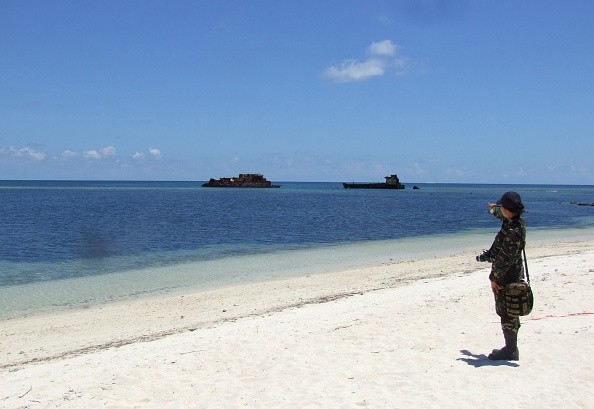Located off Luzon, on the South China Sea coast, the Philippine town of Masinloc struggles to cope with the effects of the ongoing dispute on its local livelihood, VOA News reported.
Its location on the frontlines of the South China Sea dispute has drastically affected the fishing industry in Masinloc, home to approximately 49,000 people.
To compensate for the loss of livelihood, locals of the island have resorted to ecotourism to help alleviate the hunger and poverty in the community. A coastal area covering 7,650 hectares is now put under the protection of the local government to develop marine protection efforts.
The project is expected to help restock the waters around Masinloc, which have suffered from overfishing. The health of the corals in the protected area is also hoped to aid the process, as roughly 40 percent of the fish that migrate all over the South China Sea are traced from Masinloc.
“We have a very big contribution to the coral reef, not only in the Philippines, but we have a big contribution to the coral triangle countries, like Indonesia, Thailand, the Philippines,” Olive Ebido-Gregario, a municipal coastal resources management officer, told VOA News.
“Maybe it contributes to the biodiversity of all other nearby countries,” she added.
According to local coast guard estimates, Masinloc’s fish population has declined by 50 percent since 2010. A National Geographic report collected in 2016 also revealed that about 16.6 million tons of water are fished by trawlers in the area every year.
In addition to overfishing, the local marine environment has also been damaged by climate change and overpopulation. A significant portion of the local fishing community use illegal means such as air compressors and sodium cyanide to fish, Ebido-Gregario said.
Nowadays, tourism helps the island. Masinloc welcomes about 500 tourists every month, most of whom visit the San Salvador Marine Sanctuary and a 7.5-hectare mangrove island.
The local government plans to expand its ecotourism programs and protection work in 2018.



























